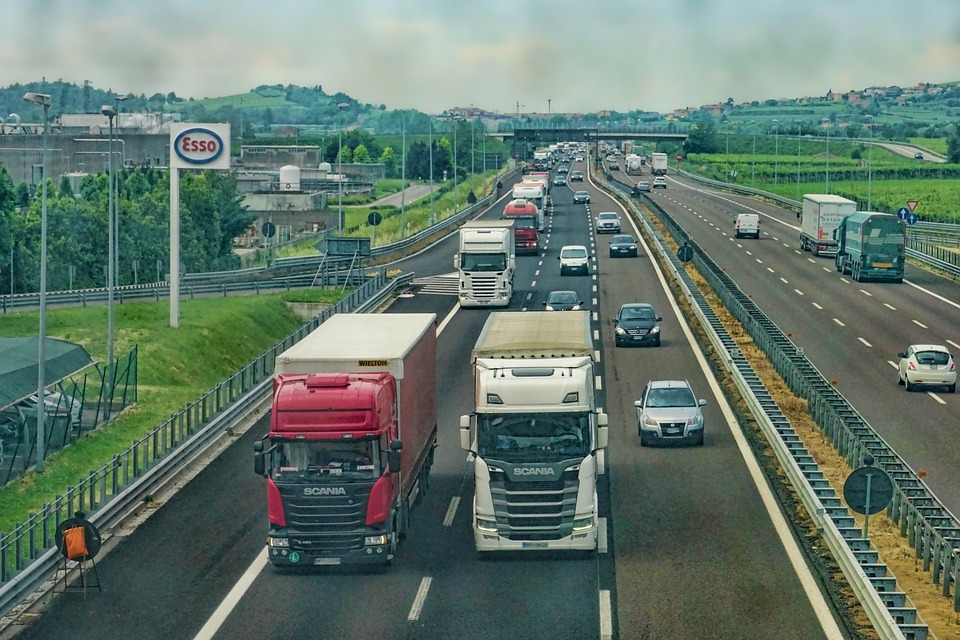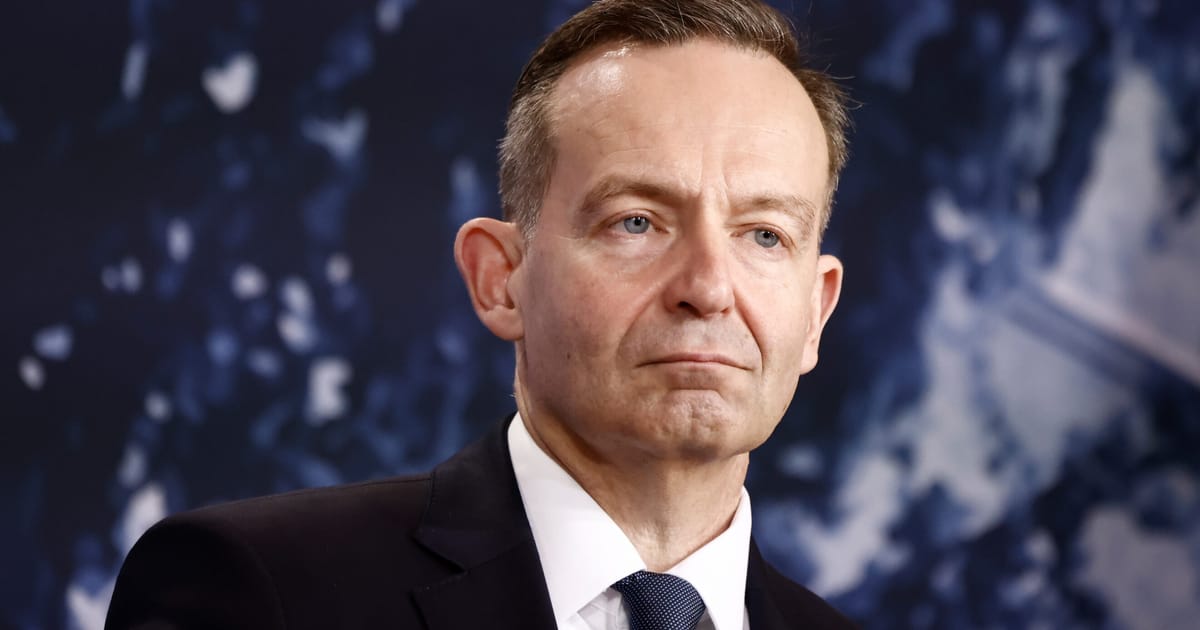To support the sector’s continued decarbonization, the Manifesto includes priorities on heavy-duty vehicle CO₂ standards, electricity grid capacity and the harmonization of urban vehicle access restrictions across the EU, which are becoming an increasing market barrier.
The shift to zero-emission vehicles is central to the EU’s climate goals. At the same time, there is no silver bullet for transport decarbonization. Combustion technologies based on low-carbon and carbon-neutral fuels are an alternative, and equally suitable from a climate perspective. The immense diversity of vehicle mission profiles, including special profiles such as for moving chemical substances or tool-trucks (e.g. trucks with incorporated cranes used in far off construction sites) or long-distance passenger coaches. This shows that a zero-emission strategy is not a black or white question, as embraced by the previous EU political leadership, and is not suitable for this sector and the economy as a whole.
While the adoption of electric and hydrogen-powered vehicles requires significant investment, it also positions road transport at the forefront of green mobility. IRU emphasizes that the burden is not only on transport operators. While operators do need financial incentives and support for the shift to much more expensive technologies, the transition can only work if accompanied by massive infrastructure investments, including the expansion of charging stations and hydrogen refueling points, and the significant upgrades needed for electricity grids.
With the right financial incentives and support schemes, operators can transition to greener technologies, providing the vehicles are still suitable for the specific mission profiles, once the infrastructure is also ready for change. This would help reduce our environmental impact and enhance the competitiveness of EU operators in a market that increasingly values sustainability. Buses and coaches, in particular, can benefit from this transition by becoming integral parts of clean, efficient public transport networks supporting the EU’s broader mobility goals.
Urban mobility policies, such as low-emission zones and congestion charges, impact both freight transport and passenger services. While we welcome these policies, the very different way in which they are set up and the fragmentation of requirements to simply prove compliance across different cities are increasingly creating barriers to the movement of people and goods. This is an area that could benefit from EU harmonization.
Digitalization and harmonizing regulations




